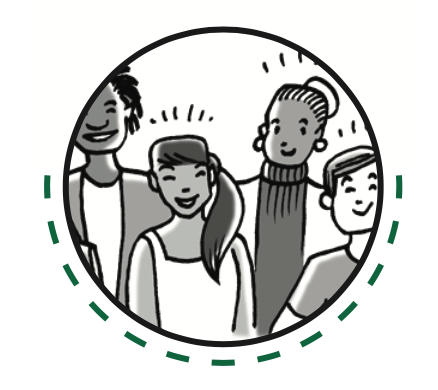Jeanne Villeneuve, Loomis, CA jeannevilleneuve@cpm.org
Recently I read a blog by Passionate Mathteacher addressing the question When are we ever going to use this? I have always held the belief (sort of bitterly) that teachers of other subjects do not get this question nearly as much as math teachers. What stood out to me was Passionate Mathteacher’s assertion that these non-math teachers are no less prone to the whining, but rather get a different question which is “Why do we have to learn this?” It is a distinction worth noting, because it is a much more interesting question to answer. Humans are innately curious, and the desire to understand why is much more genuine than the titled question.
Generally, when students (or parents) ask me that all too familiar question, I will admit that it is highly unlikely that some day they will be driving along a highway with a tollbooth, and the “price” to pass through involves using the Quadratic Formula. I then extoll the virtues of problem solving and critical thinking as well as the argument that the more math you know, the more options you have in choosing a college major or career path. In effect, I am veering more toward the question of why with this response, but as I read the blog, I reflected on why I chose to teach math in the first place. Since fourth grade I have loved math, and when I had the joyous experience of solving proofs everyday in geometry, guided by my all-time favorite teacher, Mrs. Dunn, I knew that this was my path. Math is interesting, puzzling, and wondrous. It is all around us: in nature, music, art, and poetry. Math deserves to be celebrated.
Will your students roll their eyes at you if you profess your adulation for the subject of math? Perhaps, but, it does not mean they will not be interested. When introducing myself to a classroom of sophomores during a visitation, I explained to them that I had a mission to help people see that math is not a four-letter word. Immediately several students began to count out the letters on their fingers. I told them how awesome that was, because I had just heard a renowned speaker talk about the importance of counting on your fingers in making mathematical connections, citing that somatosensory knowledge has been linked to higher math achievement. Although I had been to the classroom several times, these were not my students, yet they were genuinely intrigued by my enthusiasm for math. Later, as the students were working, one student shared that in grade school he had been admonished for using his fingers when doing math. We chatted about that briefly, and a few more students were drawn in. This particular day the teacher and I had introduced algebra tiles, which the students were using for factoring. Not a single student resisted the use of the manipulatives as being too childish, or unnecessary.
Spring brings its own set of challenges to the teaching profession, not the least of which is standardized testing. When you find your own enthusiasm waning, remember why you chose this profession, and what you love about math. Brainstorm with colleagues, search Pinterest for a new team-building activity, join a math Facebook group, check out the wealth of activities at teacher.desmos.com (Marbleslides is my personal favorite), resist the urge to spend an entire day rationalizing denominators just because it is on the test, and spread the word:
Math is not a four-letter word.
